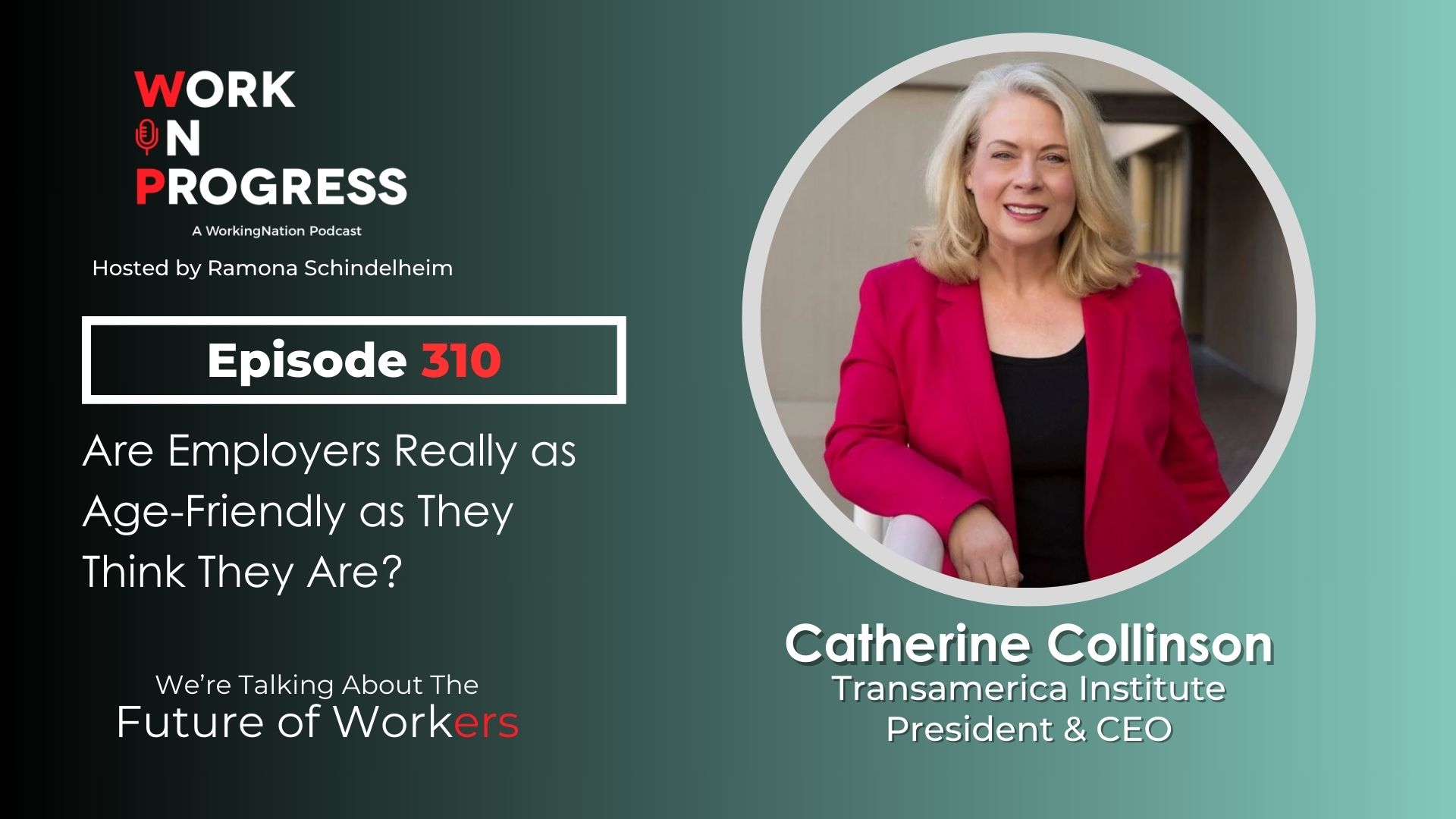Just-released data from Lumina Foundation’s A Stronger Nation – an online data tracking tool – indicates the national post-high school education rate among working-age adults (25 to 64 years) is 54.3%. This includes bachelor’s and associate degrees, as well as high-quality, short-term credentials.
The latest figure – from 2022 data – is a year-over-year 0.6-percentage-point increase.
Stronger Nation relies on the Census Bureau’s American Community Survey to track data. The ACS “offers insights at the national, state, and county levels and across major metropolitan areas, with breakdowns by race, ethnicity, age, and credential type.”

“In 2008, Lumina set a goal for the nation that by 2025, 60% of people in the United States would have post high school attainment,” says Courtney Brown, Lumina’s vice president of impact and planning.
“We created Stronger Nation [in 2009] to ensure that the nation and the states and the communities stayed accountable to that goal and that, quite literally, meant counting and presenting that data on an annual basis.”
Brown continues, “I want to talk about the incredible progress we’ve made toward that national goal. In 2009, our nation’s attainment rate was 38.1%.”
She notes, “That’s a collective commitment and dedication to education from partners all across the country.
“We saw Kentucky and Rhode Island increased by an impressive 3.4 percentage points in overall attainment. And then D.C., Colorado, North Carolina, Alabama, and Florida each grew over two percentage points. Those were our highest changes year-over-year.”
Post-High School Attainment
“While we saw some of the increase over the last 14 years – the 16 percentage points – some of that is attributed to finding a way to measure and then add high-quality, short-term credentials,” says Brown.
“But a substantial portion about eight-and-a-half percentage points is a rise in the attainment of bachelor’s and associate degrees. It’s not just because we started adding short-term credentials. We have seen an impressive increase in those degrees.
“In fact, over the last year, degree attainment rose almost a full percentage point from 45.7% in 2021 to 46.5% in the most recent 2022 data.”
Regarding certificates and certifications, Brown says, “We’ve been working hard with partners and experts in the field to figure out how we can measure these. First of all, we only count the first degree. If you have a bachelor’s degree and a certificate, we count you as a bachelor’s person. We count the highest credential.
“If you have a certificate, we use a labor market premium – and the labor market premium is 15% over a high school degree, alone. We want to make sure that they are delivering on helping more Americans get a good job and a good life. The certification premium is 10%.”
Attainment of Young Adults
The findings show 56.3% of young adults (25 to 34 years old) have earned a “quality post-high school credential.”
Brown says, “Our national attainment is 54.3%, so that’s two percentage points over the full working-age population. That’s an incredible increase in attainment for that younger population.
“The Hispanic population has played a pivotal role in this reversal with degree attainment soaring from about 19.4% in 2009 to 33.5% as of today.”
Equity Gaps
The findings indicate significant gaps remain, with post-high school educational attainment rates among Black, Hispanic, Latino, and Native American adults falling below the national average of 46.5%.
According to the 2022 data, the figures are 35.7% among Black Americans, 29.5% among Hispanic and Latino adults, and 26.5% among Native Americans.
Brown points out the latest data can be broken down by the type of credential attainment by race and ethnicity. She also notes that, for example, in the categories of Asian/Pacific Islanders and Hispanic – the data is disaggregated to show the attainment rates by different subgroups within a category.
She adds, “We’ve always included race ethnicity because it’s important to understand who’s being left behind. We need everybody to increase attainment to reach the nation’s talent needs.
“We have seen tremendous progress across all race ethnicities, but the problem we’re seeing is that while everyone is increasing, the gap stays the same.”
‘We need to continue to push on attainment’
Regarding Lumina’s goal to reach 60% post-high school attainment by 2025, Brown says, “When we set the goal in 2008, only Hawaii had an attainment goal. Since then, a total of 49 states have set attainment goals.
“When they set attainment goals, they put different things into legislation to help move those along. And these are not overnight successes. You can’t move these numbers overnight.”
Brown, noting the most recent information is based on 2022 data, “We have a few years. Whether we make it or not, that would be a pretty high increase to get to by 2025. I think we see some really promising things. First of all, the 25-to-34-year-old population is getting pretty close. It’s impressive, and that really is going to lead into our full population.”
Brown adds, “This is a continued journey. We know we need to continue to push on attainment. We’re not going to give up or let that foot off the pedal.”
You can read more findings from A Stronger Nation here.











